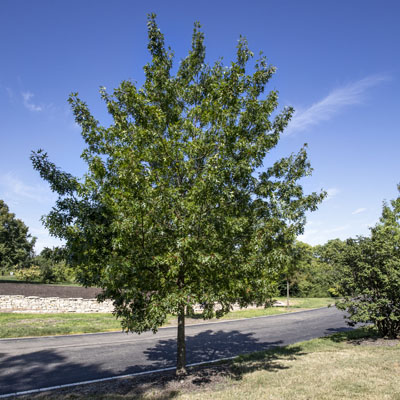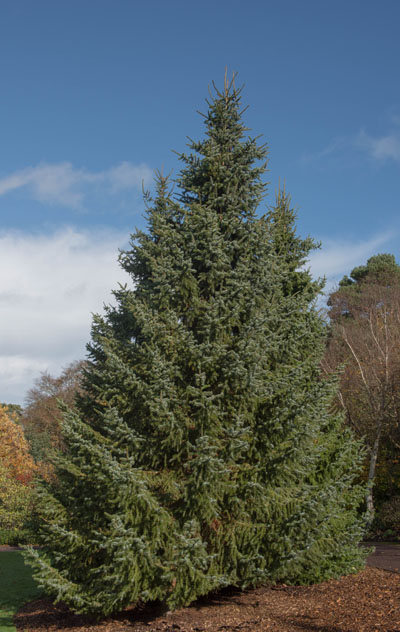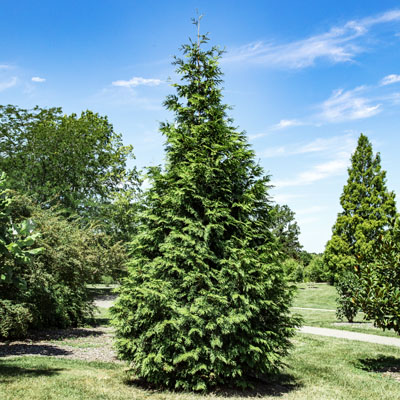Tree Catalog - Best Trees For Dayton, Ohio
Welcome to the Arbor Experts Tree Catalog, where you'll find photos and complete descriptions of the trees we most highly recommend for the Dayton, OH area. All of these trees will do well here and would be a beautiful addition to your yard.
Scarlet Oak
Quercus coccinea
The Scarlet Oak is a resilient tree that can handle drought and poor soils, making it a good choice as a street tree (as well as a wonderful specimen tree in your yard). But what really sets it apart is the stunning dark red foliage in fall. While the leaves on most oak trees simply turn brown or yellowish in autumn, the leaves of Scarlet Oak are one of the most colorful contributors to the fall foliage display, turning bright red before falling.
Growing to 75' high and 50' wide, this oak is best planted in large, open areas where it has a chance to show off its large size and spread.
It has no serious pest or disease problems but does prefer acidic soil (you may need to amend your soil to achieve this).
Serbian Spruce
Picea omorika
Serbian spruce is an evergreen conifer that is grown for its tall, slender form and dark green foliage with white stripes on the undersides of needles. Its trunk remains slender as it matures, and its bark is scaly and brown. The cones that grow at the ends of its branches are another attractive feature, emerging purple and changing to brown at maturity.
Serbian spruce’s upward pointing branch tips combined with its hanging foliage make it a striking landscape specimen, while its tough nature makes it adaptable to a range of site conditions. With its upright form and mature height, Serbian spruce will stand out in any setting.
Swamp White Oak
Quercus bicolor
With a name like Swamp White Oak, you may think that this tree only survives in wet, swampy conditions, but that's not the case. While it does grow well in moist, poorly-drained soil, it is native to the Midwest, so it's happy in normal or dry soils as well.
Part of its scientific name, bicolor, refers to the leaves, which are shiny green on one side but a silvery-white on the other. While the wood of the swamp white oak is very similar to that of the white oak, it can be distinguished by its leaves.
A large tree, a swamp white oak grows rather quickly and can reach 70 feet tall and 60 feet wide, so make sure there is plenty of room for it to grow.
If you do plant a swamp white oak, be prepared for a bit more wildlife, as the acorns are a wonderful food source for squirrels and other animals. It likes full sun, has interesting color in the fall, and a flaky bark to bring year-round interest to your yard.
Western Red Cedar / Arborvitae
Thuja plicata 'Green Giant'
This native arborvitae hybrid is fast-growing, neat in appearance, and often substituted for Leyland cypress. Left alone, the tree can reach a height of 60’ but is easily kept smaller. Unlike other tree species, ‘Green Giant’ responds well to pruning. It has a naturally narrow spread, to 18’, which makes it useful for smaller gardens and as a screening hedge.




